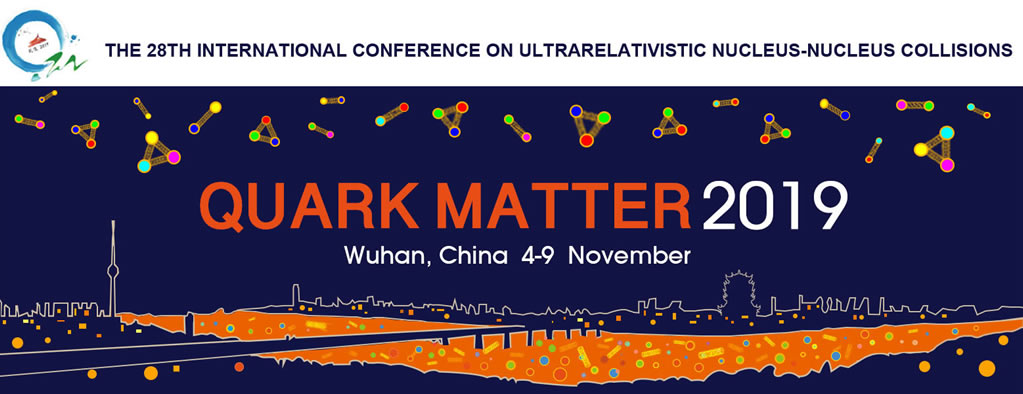Conveners
Parallel Session - Chirality II
- Dmitri Kharzeev
In the presence of the large initial angular momentum occurring in non-central heavy-ion collisions, vector mesons can be polarized due to spin-orbital-angular-momentum interaction or they can be polarized during the hadronization process from polarized quarks. Experimentally, this phenomenon can be studied by measuring the angular distribution of the decay daughters of vector mesons with...
Measurements of the polarization of the particles produced in relativistic heavy-ion collisions can provide insights into the initial conditions and evolution of the strongly interacting system during a collision. The global spin alignment is quantified by the diagonal spin density matrix element ($\rho_{00}$) with respect to the quantization axis, i.e. normal to the reaction plane. In...
We revisit the azimuthal angle dependence of the local spin polarization of hyperons in heavy-ion collisions at 200 GeV in the framework of the (3+1)D viscous hydrodynamic model CLVisc. Two different initial conditions are considered in our simulation: the optical Glauber initial condition without initial orbital angular momentum and the AMPT initial condition with an initial orbital angular...
Mostly based on: F. Becattini, W. Florkowski, Phys. Lett. B 789 (2019) 419-425
The search for and the recent evidence of polarization in relativistic heavy
ion collisions has raised fundamental questions about the most general theoretical
description of a relativistic polarizable neutral medium and especially about
the role of the spin tensor in relativistic hydrodynamics. The...
We propose a microscopic description for the polarization from the first principle through the spin-orbit coupling in particle collisions. The model is different from previous ones based on local equilibrium assumptions for the spin degree of freedom. It is based on scatterings of particles as wave packets, an effective method to deal with particle scatterings at specified impact parameters....
